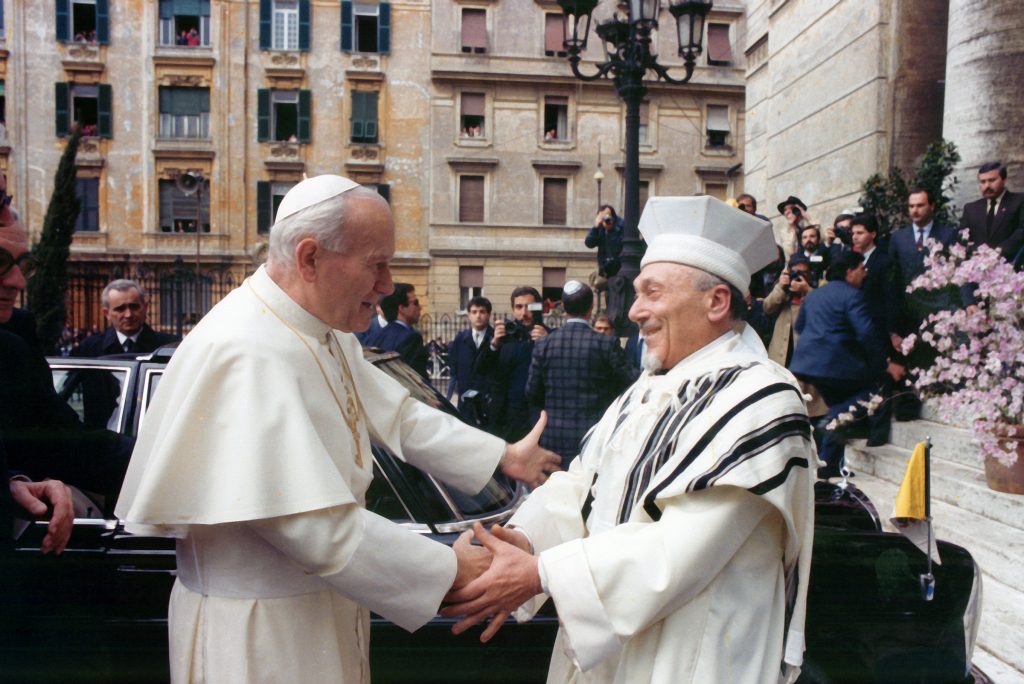I was probably about 10 or 11 years old when I became friends with Harry Bernstein. Harry and I met while playing in a chess tournament in Westchester.
In the way that kids can, we quickly became fast friends. We both liked baseball. Our idol was Sandy Koufax, legendary pitcher for the LA Dodgers. I’m not sure I knew then that Koufax was Jewish. If I had, I might have converted on the spot.
I did know that Harry was Jewish, and he knew I was Catholic.
Harry’s family seemed exotic to me, and the impression they made on me remains after all these years. I remember his parents as short and dark-haired, very different from my parents. Their Playa del Rey apartment was tidy and calm.
His parents seemed bemused that Harry’s chess and baseball-loving friend was Catholic. I had dinner over at their house more than once, and the meals had different smells and tastes. I remember his mother taking pleasure in my newfound passion for kugel.
I lost touch with Harry after my family moved out of the area, but as I grew older and learned more about the often fraught nature of Catholic-Jewish relations, I felt singularly blessed that I had known him and his family.
It was years later before I realized that while I was throwing a baseball with Harry, Church leaders were promulgating “Nostra Aetate” (“In Our Time”), the groundbreaking document of the Second Vatican Council that set the Church on a new course regarding its relations with Jews and Judaism.
In 2015, on the 50th anniversary of “Nostra Aetate,” Rabbi Noam E. Marans recalled that when it was first released, it was greeted with mixed reviews by Jewish leaders. Time has shown, he said, that the document was in fact “revolutionary, transformative.”
Since Vatican II and the promulgation of “Nostra Aetate,” Catholic teaching has taken a decisive turn. Anti-Semitism has been condemned, and the accusation that the Jewish people bear some sort of responsibility for the death of Christ, a longstanding shibboleth of the anti-Semite, has been rejected. Popes Paul VI, John Paul II, and now Francis have all sought to heal this historic breach.
Perhaps most powerful was the example of John Paul II. He was the first pope to visit Rome’s synagogue. He established diplomatic relations with the state of Israel.
And, on the eve of the Third Millennium, he wrote: “The Church should become more fully conscious of the sinfulness of her children, recalling all those times in history when they departed from the spirit of Christ and his Gospel and instead of offering to the world the witness of a life inspired by the values of faith, indulged in ways of thinking and acting which were truly forms of counter-witness and scandal.”
Yet all of these developments have taken place within the long shadow of anti-Semitism in the Christian West, culminating in the Shoah, or Holocaust. The Church’s response to the Nazi campaigns of persecution and extermination remains both morally wrenching and historically complex.
There were genuine saints and heroes, but many leaders and laity “were truly forms of counter-witness and scandal.”
A new documentary called “Holy Silence” was recently shown at the United States Holocaust Memorial Museum in Washington, D.C. The event was titled “Reconsidering the Catholic Church and the Holocaust.” The documentary was made by Steven Pressman, a self-described Jewish kid from San Fernando Valley.
“Holy Silence” looked at the Church’s approach to the Nazi threat through the prism of two popes, Popes Pius XI and Pius XII. Unfortunately, this binary approach sets up Pius XII as the “bad pope,” more concerned about communism than genocide, more concerned about the status of the Church than the murder of innocents.
Pressman’s film did not “reconsider” this thesis or provide nuance to the portrayal. It also did not address the arguments by passionate defenders of Pius, such as Ronald Rychlak.
I think this was an opportunity missed, but I am grateful that Francis has ordered that the Vatican Apostolic Archive regarding this period of its history be opened to historians next year to research more accurately what Pius did or did not do.
All of this takes place against the backdrop of what once seemed unimaginable: a resurgence of anti-Semitism on both the left and the right. In Europe and in the United States, synagogues have been attacked, mobs have gathered, and today rare is the Jewish worship space that is not forced to lock doors and hire security simply to gather in prayer. The warning signs are there for all to see.
Harry Bernstein and I practiced our fast balls, oblivious to 2,000 years of contention and bigotry that too often divided our forebears.
Now we adults do not have this luxury, lest past sins be forgotten and the old lies retold yet again.

